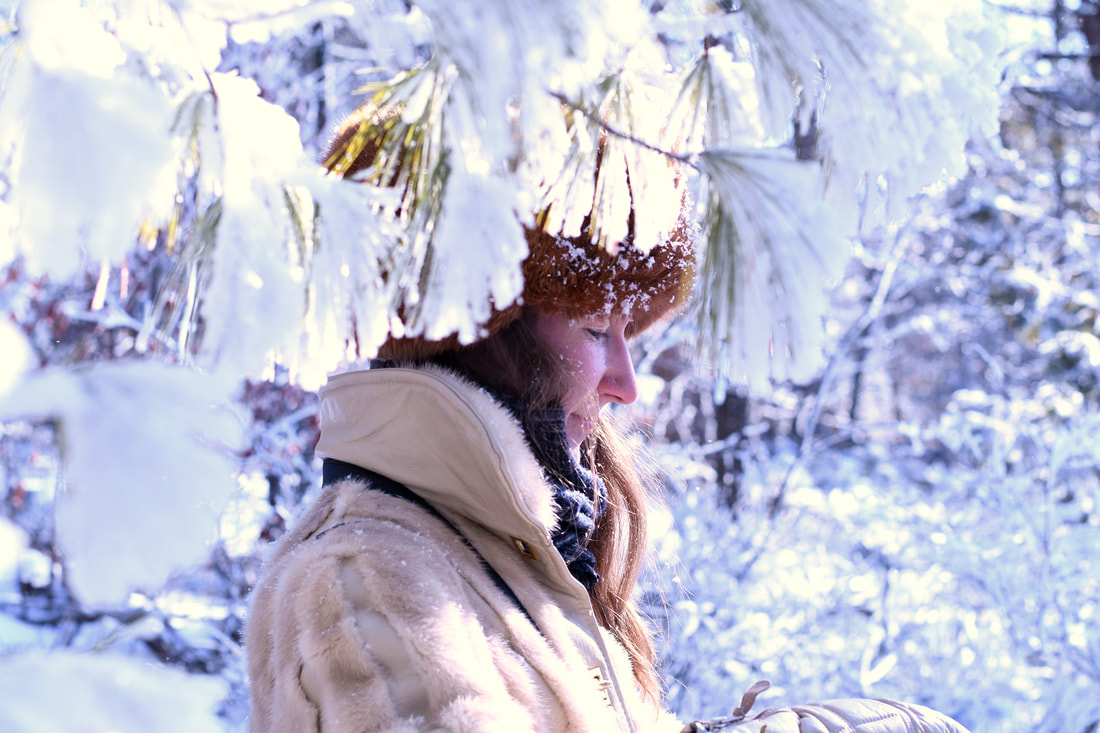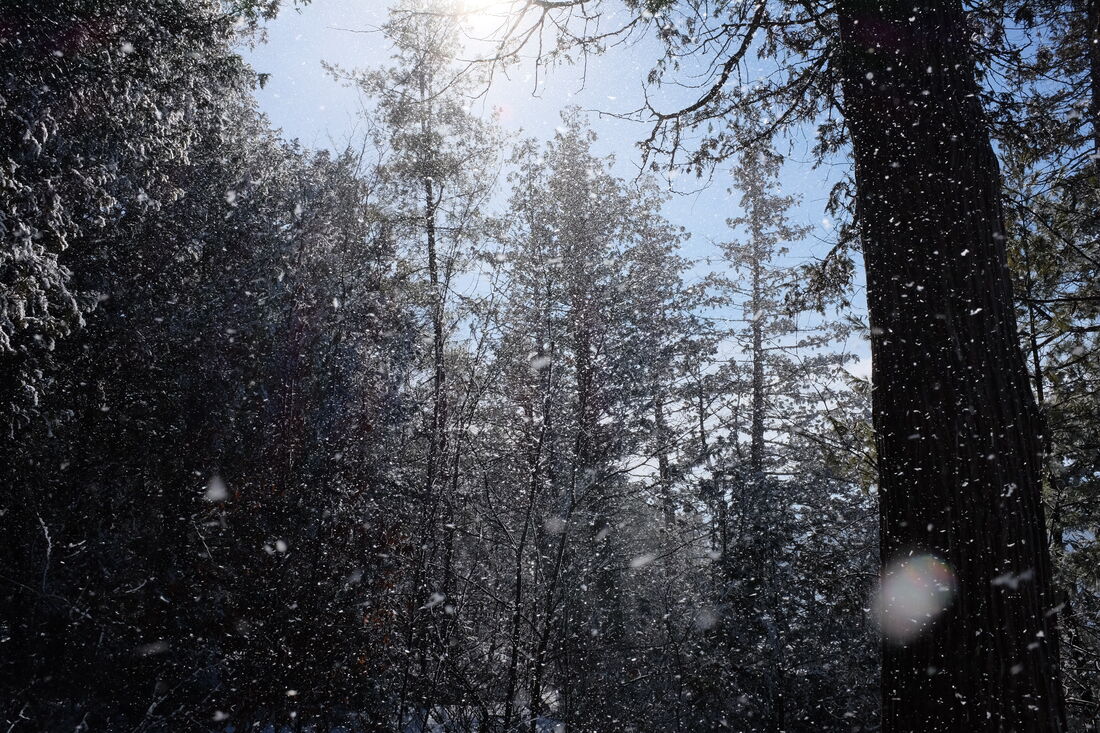|
In the depths of New England winter, it can seem like the green of the landscape has all been replaced by white and grey. The perennial herbs sleep below blankets of snow, the limbs of oaks, maples, birches, all bare. We’ve spent the past Autumn harvesting and making medicine to store for the winter and carry us through until the new growth of Spring.
Behold, the sleepy winter forest, which holds gifts of strong medicine: cedar, juniper, hemlock, spruce, and pine, to name a few. For me, it is the white pine in particular, bows drooping with the weight of heavy snow, that represent the quintessential image of Vermont winter. White pines have long been a dominant presence of the New England landscape. As a slow growing, long-lived tree, they reach mid-life at 200 years old and can easily reach heights of over 200 feet. These majestic giants, although logged extensively since the beginning of colonial conquest and exploitation, can still be appreciated in many Vermont woodlands. White Pines, along with many other evergreen trees of northern New England, hold potent remedies in their needles. If you have ever tasted a cedar tip or a hemlock needle, then you know the instant sensation of aroma and flavor that comes from crushing a tiny needle between your teeth: aromatic, warm, piney, and a little sour. The unique flavor of evergreens tells us much about their medicinal properties. Aromatic: they are rich in essential oils with antimicrobial and immune stimulating properties. Warm: they increase circulation and help break a fever. Sour: they are high in vitamin C and other phytochemicals. Many of the evergreen trees can be used as warming winter remedies. They can be made into tea, added to a bath, or used as a sinus steam. I’ve even been known to boil fir branches from my Christmas tree to fill my house with their lovely aroma. Here I will share with you a recipe for White Pine Syrup. You can substitute pine with a variety of evergreens, just make sure you positively identify any tree before using. There are a few evergreens that are poisonous, such as the yew. Also, I prefer to use windfallen branches. If you harvest directly from a living tree, please be respectful and only take what you need. Never overharvest and always ask permission and thank the tree for it’s gifts. White Pine Needle Syrup 1 cup fresh or dried (but still green) pine needles 2 cups water 1 cup honey or sugar Rinse pine needles with cold water and coarsely chop In a pot, combine pine needles and water. Bring to a boil, then reduce to a simmer. Let simmer for 1 hour. If the water level becomes low, add a little more. After 1 hour, check to see if the water level is approximately half the original volume. Reduce further or add more water accordingly. Remove from heat and let cool. Strain while water is still warm. Combine 1 cup of tea with 1 cup of honey or sugar. Mix thoroughly. Bottle, label, and store in the refrigerator. Take 1 tsp of syrup 2-3x/ day at the onset of a cold. You can also make herbal soda with the syrup by adding it to seltzer--about 2 oz per 16 oz of seltzer, or use it in cocktails. Get creative--the sky's the limit. Evergreens remind us that even in winter, we are supported by the abundance of nature and the healing properties of the plants all around us. So get out those snowshoes or cross country skis and go explore the forests and woodlands in all their winter wonder.
0 Comments
Leave a Reply. |
AuthorHerbalist, artist, woodland wanderer Archives
March 2021
Categories
All
|
Proudly powered by Weebly


 RSS Feed
RSS Feed